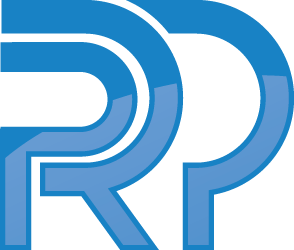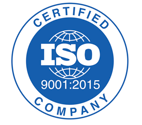On March 13, 2024, the European Parliament approved the Artificial Intelligence Act (“AIA”), which represents the first comprehensive legal framework regulating artificial intelligence (“AI”) in the European Union. The AIA will have a tremendous impact on the medical device industry as it expands many of the requirements under the EU’s Medical Device Regulation (“EU MDR”) and the In-Vitro Diagnostic Regulation (“IVDR”). The aim of this new regulation is to not only enhance health, safety and patient care, but also to provide a harmonized environment for the manufacturing of AI-based medical devices which bolsters innovation.
The AIA places stringent obligations on manufacturers of AI-based medical devices depending on the assessed level of risk, with the most significant responsibilities placed on those systems posing a “high” risk. Potential steps companies may need to take based on the risk classification include, but are not limited to, the following:
- Registering in the EU database prior to marketing the AI-based device in the EU
- Documenting a risk classification assessment of all AI-based devices as well as adoption of a formal risk management process for AI
- Enhancing and maintaining technical documentation to include information necessary to assess the device’s compliance with AI requirements and facilitate post-market evaluations, such as general characteristics, algorithms, limitations, capabilities, data, training, testing, and validation procedures
- Conducting data governance, ensuring that training, validation, and testing datasets are relevant, complete, and accurate
- Designing the system so it automatically records events relevant for identifying national-level risks and substantial modifications throughout the product’s lifecycle
- Implementing human-machine interface tools to address applicable risks and designing the system to allow for human oversight
- Drafting of a declaration of conformity for each high-risk AI-based device
- Reporting of any “serious incident” to the market surveillance authorities for any high-risk AI-based devices
Many of the measures introduced by the AIA will work in tandem with the existing EU MDR and, as such, will necessitate thorough assessments by companies to ensure dual-compliance and alignment with both sets of guidance. Further, Notified Bodies (“NB’s”) will also be significantly impacted with a need for resources with specialized knowledge regarding AI systems. The increased burden on NB’s of having another set of regulations to monitor and developing new training and testing, while also dealing with the challenge of maintaining expertise with an ever-changing technology such as AI, could result in scheduling backlogs, delays, and higher costs.
Medical device companies will need to modify their processes and product development lifecycle to ensure compliance with AIA which could lead to higher costs and longer times-to-market. However, the renewed focus on compliance should augment innovation and further improve the quality of medical devices which will likely boost public trust and confidence. It is critical for the medical device community to ensure a complete understanding of the new requirements. Certain aspects of the regulation will be phased in over time with the expectation being that the full set of requirements will be in force by mid-2026. The key is to start readiness activities early, as the AIA is a 459-page document that will take some time to navigate, fully understand, and implement.
Are you interested in learning more?



